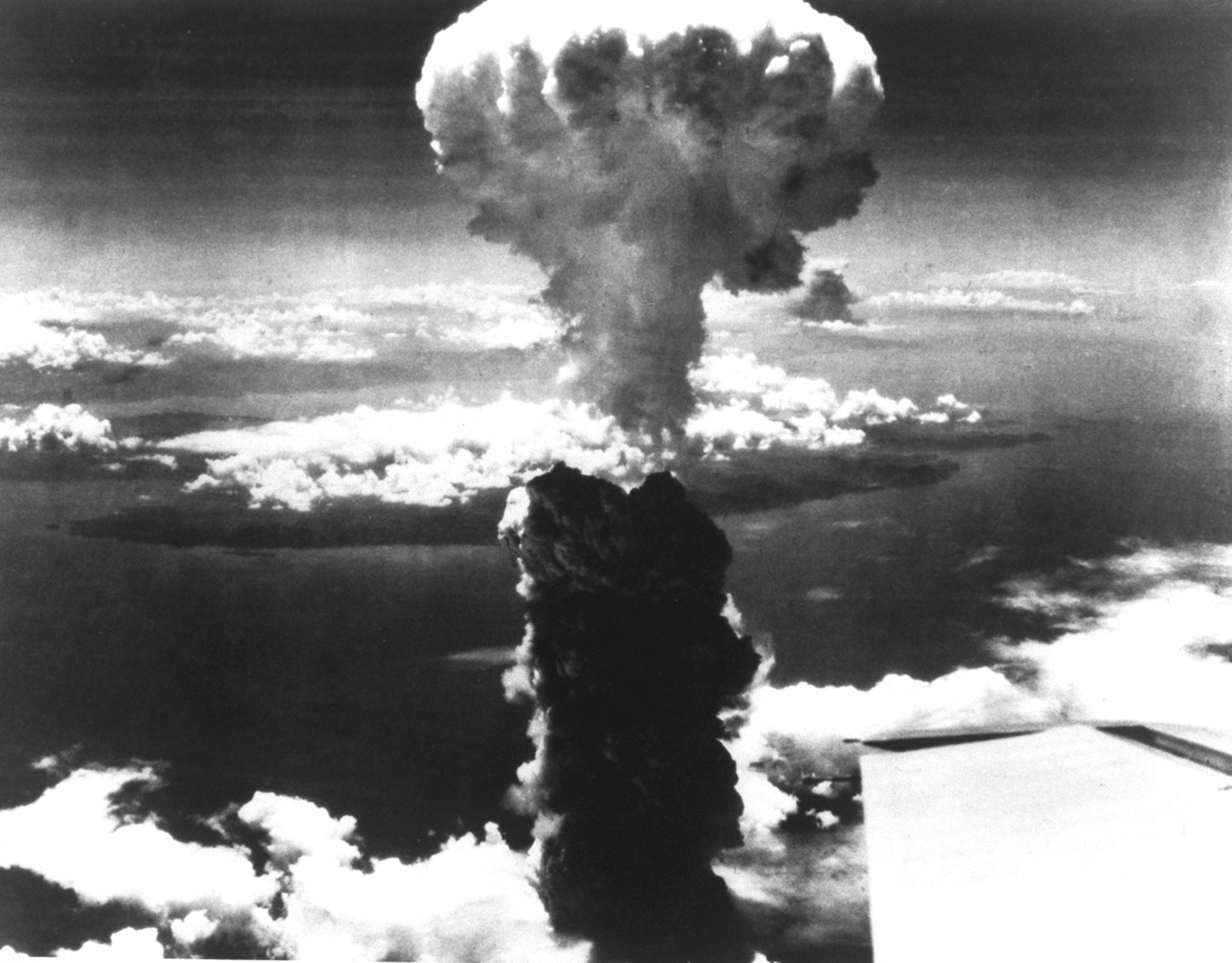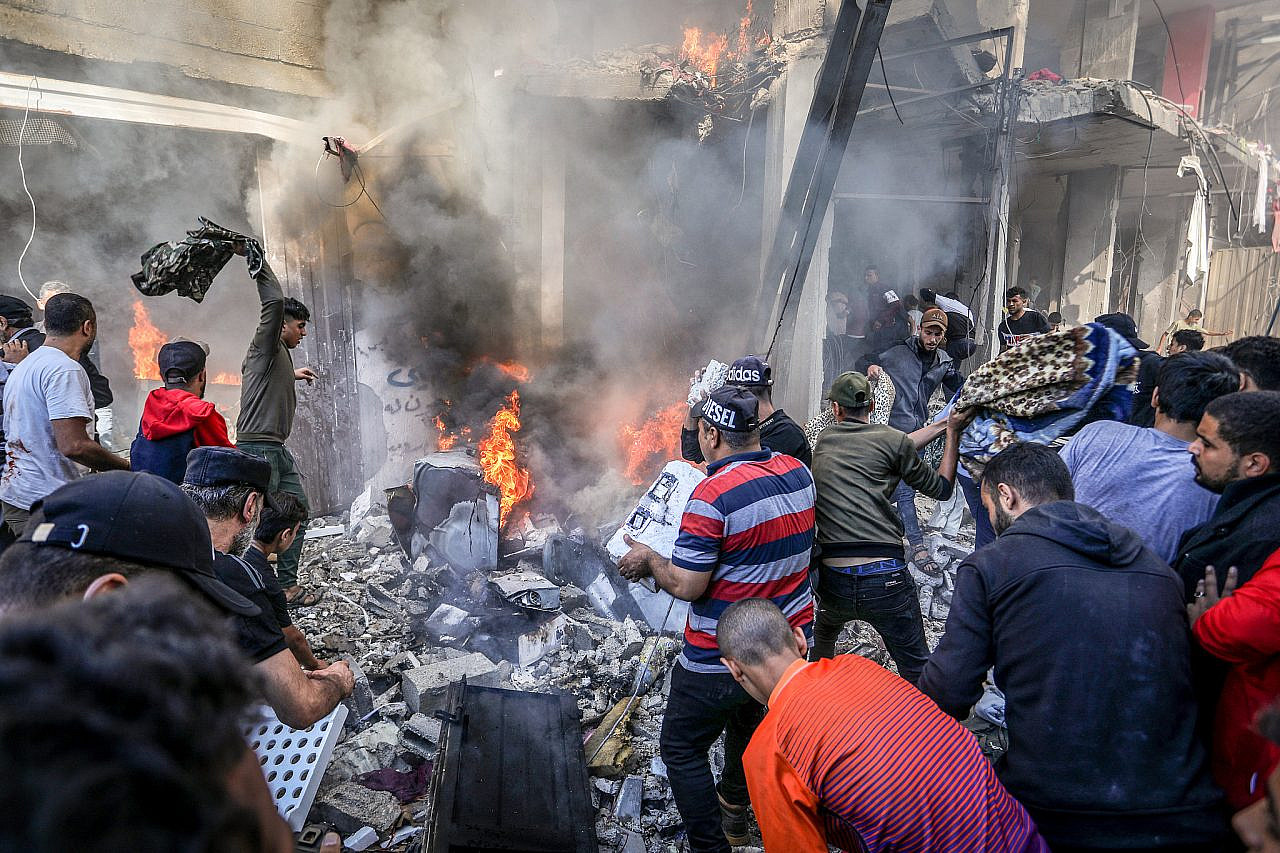 Iraq and Afghanistan remain "real" wars in the traditional sense. Thousands of American soldiers have been killed. Tens of thousands have been severely wounded. But images from these "real" wars have been studiously sanitised to the point that a well-informed news consumer could be excused for thinking that their country's latest wars are virtually bloodless.
Iraq and Afghanistan remain "real" wars in the traditional sense. Thousands of American soldiers have been killed. Tens of thousands have been severely wounded. But images from these "real" wars have been studiously sanitised to the point that a well-informed news consumer could be excused for thinking that their country's latest wars are virtually bloodless.
"Pictures [of dead or dying American troops] have rarely been seen in recent years from Iraq and Afghanistan," acknowledged The New York Times in September 2009. "This was not the case during the Vietnam War."
The Times published only a handful of photos of dead and dying soldiers in Afghanistan and Iraq. Compare that with other countries, where pictures of the war dead routinely appear in print and on the air. The current atmosphere of censorship is unprecedented, even by the comparably squeamish standards of the US media. According to Professor Gail Buckland, who studies and teaches photo history at Cooper Union in New York, far more photos of dead US soldiers appeared in newspapers during the 1861-65 Civil War than have since 2001.
The Bush administration censored the images of flag-draped coffins arriving at Dover Air Force Base, a dignified rite that was a familiar sight on the evening news during Vietnam. Obama lifted Bush's coffin ban in 2009, but it made little difference. After the media showed a few such photos - to illustrate the story about the lifting of the ban - they disappeared. Self-censorship, it seems, is as powerful as the government variety.
Media consumers saw thousands of images of dead and dying combatants, both American and Vietnamese, 40 years ago. Most were supplied by war photographers embedded with US troop units. But today's "embeds" are required to submit their work to military censors for approval and transmission. One reporter returned from the 1991 Gulf War to find that none of his photos had been sent to his employer.
War correspondents in Vietnam were given "carte blanche", Don McCullin, who covered Indochina for the Sunday Times of London told The New York Times. "Vietnam was a total free-for-all," confirms Dirck Halstead, who ran the UPI wire service's photo bureau in Saigon in 1965-66. "Our job was to be there to take photographs of whatever happened in front of us. Our core mission was to record history."





 The United States will mark the 84th anniversary of the Japanese attack on the U.S. naval...
The United States will mark the 84th anniversary of the Japanese attack on the U.S. naval... On Monday, August 6, 1945, after six months of intense firebombing of 67 other Japanese cities,...
On Monday, August 6, 1945, after six months of intense firebombing of 67 other Japanese cities,...:focal(1285x1016:1286x1017)/https://tf-cmsv2-smithsonianmag-media.s3.amazonaws.com/filer_public/d1/4e/d14ed238-3b62-4506-9f53-fc2178dade60/nov2025_d17_prologue.jpg) In the fall of 1945, a bit more than six years after Nazi Germany invaded Poland...
In the fall of 1945, a bit more than six years after Nazi Germany invaded Poland... In 2021, a book titled “The Human-Machine Team: How to Create Synergy Between Human and Artificial...
In 2021, a book titled “The Human-Machine Team: How to Create Synergy Between Human and Artificial...






























